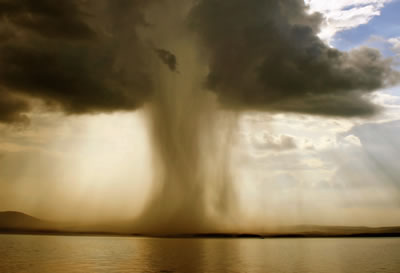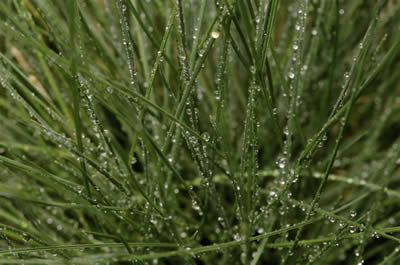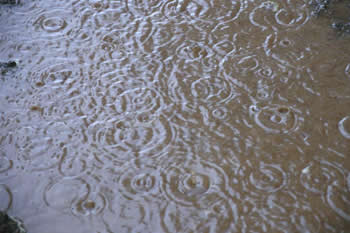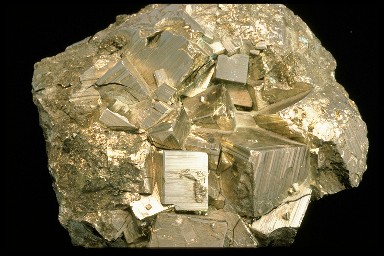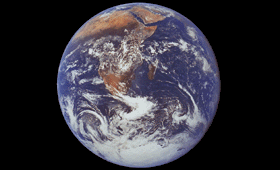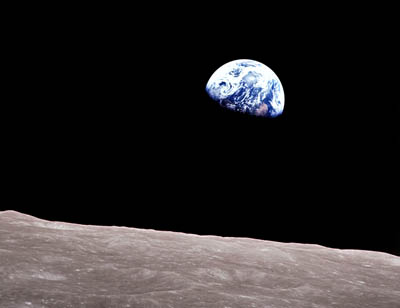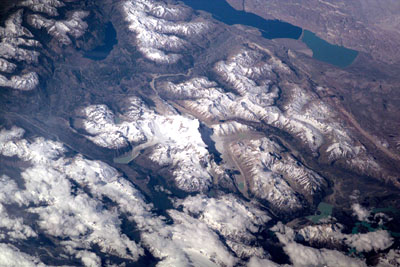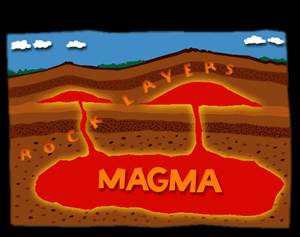Click on image for full size
Courtesy of the Earth Science Literacy Initiative
Earth Science Literacy - Big Idea 5
Earth is the water planet.
Big Idea 5.1
Water is found everywhere on Earth, from the heights of the atmosphere to the depths of the mantle. Early in Earth’s history, surface water accumulated through both outgassing from its interior and the capture of some extraterrestrial ice. Water vapor in the atmosphere condensed and rained out as the planet cooled.
Big Idea 5.2
Water is essential for life on Earth. Earth is unique in our Solar System in that water has coexisted at Earth’s surface in three phases (solid, liquid, and gas) for billions of years, allowing the development and continuous evolution of life.
Big Idea 5.3
Water’s unique combination of physical and chemical properties are essential to the dynamics of all of Earth’s systems. These properties include the manner in which water absorbs and releases heat, reflects sunlight, expands upon freezing, and dissolves other materials.
Big Idea 5.4
Water plays an important role in many of Earth’s deep internal processes. Water allows rock to melt more easily, generating much of the magma that erupts as lava at volcanoes. Water facilitates the metamorphic alteration of rock and is integral to plate tectonic processes.
Big Idea 5.5
Earth’s water cycles among the reservoirs of the atmosphere, streams, lakes, ocean, glaciers, groundwater, and deep interior of the planet. The total amount of water at Earth’s surface has remained fairly constant over geologic time, although its distribution among reservoirs has varied.
Big Idea 5.6
Water shapes landscapes. Flowing water in streams strongly shapes the land surface through weathering, erosion, transport, and deposition. Water participates in both the dissolution and formation of Earth’s materials.
Big Idea 5.7
Ice is an especially powerful agent of weathering and erosion. Water expands as it freezes, widening cracks and breaking apart rocks. Movement of massive glaciers can scour away land surfaces. The flowing ice of glaciers covers and alters vast areas of continents during Ice Ages.
Big Idea 5.8
Fresh water is less than 3% of the water at Earth’s surface. Most of this fresh water is stored as glaciers in Antarctica and Greenland. Less than 1% of Earth’s near-surface water is drinkable liquid fresh water, and about 99% of this water is in the form of groundwater in the pores and fractures within soil, sediment, and rock.


